The many threats of improvised explosive devices
26 May, Kenya: 11 police officers were killed in two days. Two police officers were killed after their car hit a mine. The next day, 9 policemen died on the pledged device in Mander County.
27 May, Afghanistan: 18 people, mostly civilians, were killed when a car with explosives crashed into a convoy of security forces in eastern Afghanistan.
31 May Somalia: according to local military, security forces seized a large amount of explosives transported on a truck with vegetables.
31 May, Afghanistan: a powerful car bomb explosive in a diplomatic area, killed 80 and injured 350 people.
3 June, Cameroon: Two men with shahid belts blew themselves up near a refugee camp in northern Cameroon who fled from Boko Haram militants, killed 9 and injured 30 people.
3 Jun, Afghanistan: at least 15 people in the funeral procession killed by three consecutive explosions.
A brief summary of eight days called "News improvised explosive devices ”, which definitely did not include many minor incidents that occurred where there is no control over such cases. The three-letter abbreviation of IEDs (an improvised explosive device) almost disappeared from the Western press, as the American and European contingents reduced their presence in Afghanistan and Iraq. However, the above summary shows how serious this threat is also in Africa, where the French army suffers numerous losses from weapons of this type. The widespread use of IEDs on this continent led many regular armies to purchase armored vehicles with enhanced protection. In Afghanistan alone, from January to May 2017, explosive devices killed and wounded 1229 civilians, which is 53% more compared to the same period last year; at the same time, losses from the laid-down VCA amounted to 1082 of a person (88%).
Statistics of the application of IEDs in Afghanistan and Iraq from 2003 to 2010 year. And today, these countries suffer the most from the threat of IEDs
However, the situation may well worsen. With non-state actors able to purchase off-the-shelf commercial unmanned aerial vehicles (UAVs), the IED problem has taken on a greater physical dimension, moving from 2D to 3D. According to numerous sources, Drones equipped IEDs are used in different parts of the world, for example, in Colombia, the Gaza Strip, Iraq and Syria, by various groups, including Hezbollah and the Islamic State (banned in the Russian Federation). Thus, the fight against UAVs becomes the fight against IEDs? It may be so, at least in some combat areas.
After the delivery of the second joint laboratory JDEAL (Joint Deployable Exploitation and Analysis Laboratory) in June 2017, the Dutch organization for the fight against IEDs reached its full operational readiness
The increase in the number of systems used to deploy IEDs (drones can deliver them to a given place with minimal visibility), as well as their mass production, for example, in Syria and Iraq, forces us to pay closer attention to this problem and focus our efforts on “attacking the system "Which consists in the detection and disruption of the network for the production of the VCA, because behind each case of application of the VCA there is an organization with its members who install, manufacture and store the relevant materials purchased etennye in the market, and, in the end, conduct some research to develop new systems. For the most part, this is intelligence work performed by specialists, which begins in the field from gathering evidence at the scene after the explosion of the IED, and better when the IED is neutralized before detonation. The sampling, known as the 1 Exploitation Level, is performed by specialists, the collected readings are then processed in the area of operations as part of the 2 Exploitation Level Forensic Examination, which requires specialized equipment. To this end, the European Defense Agency (EDA) developed the multinational MNTEL (Multi National Theater Exploitation Laboratory) multinational research laboratory in 2010, which was delivered in June 2011 to France, which launched it in Afghanistan in August of the same year. The work of this lab is provided by Austria, Italy, Luxembourg, the Netherlands, Poland, Spain and Sweden. The information collected in the laboratory, via intelligence channels, is sent to one of the forensic laboratories in Europe for 3 Level examination. The mobile lab was redeployed in the Netherlands in July 2014; A joint research and analysis laboratory (JDEAL (Joint Deployable Exploitation and Analysis Laboratory)) is also deployed in this country, where technical training of specialists is constantly taking place. In addition to the Netherlands, ten more members of the European Defense Agency participate in this program: Austria, Belgium, France, Germany, Hungary, Italy, Luxembourg, Portugal, Spain and Sweden. In June, the second JDEAL laboratory was installed on 2017, after which the training center began operating at full capacity. In the new laboratory there is everything necessary for carrying out research work, the equipment installed under inflatable awnings, which have a smaller mass, occupy a smaller volume and is simpler when deployed compared to container-type modules.
One of the EDA's VCA detection programs includes a confirmation system installed on a UAV; Helicopter-type camcopter S-100 drone from Schiebel was chosen for this role.
In the field, military personnel can only try to identify and avoid or neutralize IEDs of a different nature, including suicide bombers. And this requires special knowledge, training, sensors (at worst) and actuating elements, as a rule, jammers or powerful microwave devices, and recently also lasers. To present the scale of the problem: the market for remote detection systems for VCA and suicide bombers from VCA has grown from 250 million dollars in 2009 to 1,5 billions in 2014.
One of the newest route clearing complexes Medium Mine Protected Vehicle Type II, which entered service with the American army. The first set received in November 2016, 36-I engineering team
In order to prevent incidents in the main war zones, the Route Clearance Package demining complexes usually operate on the main roads used by transport convoys and patrols. However, the installation of a roadside bomb may take very little time and therefore the security provided by RCP is only a statistical indicator. In addition, stopping at vehicles that are critical for traffic, many of which may be mined, is one way of disrupting freedom of movement, even if the threat does not exist in reality. This not only slows down the movement of transport, but also "smears" the response capacity, since the existing groups to combat IEDs will not be enough for all real and hypothetical situations. Little is available about new systems in the field of countering IEDs. Since the terrorist threat has moved from the places of its origin to the territory of our countries (in fact, it has always been there, but now it has become a reality), more and more information from this sphere is being received “secretly”. Information in a metered form can be gathered only from joint initiatives, as well as from exhibitions where new systems and equipment are shown from time to time.
In order to strengthen the concept of “attack on the system”, the EDA decided to develop a deployable laboratory capable of processing the evidence collected in the theater in order to track the production chain of the VCA
The European Defense Agency is promoting an initiative among member countries to develop new systems and one example of this is the IEDDET detection program (IEDDET) (IED DETection). The IEDDET program aims to develop and demonstrate multi-sensor IEDs detection systems to support the development of improved route clearance systems.
The program is sponsored by Austria, Belgium, the Netherlands, Norway and Poland and includes three separate projects, each of which is focused on different stages of the route clearance operation: early warning, remote detection, confirmation and identification. The first of these, known under the designation VMEWI3 (Vehicle Mounted Early Warning Indicators of IEDs), is aimed at detecting indirect signs of VCA through the use of forward-looking systems installed on remotely controlled ground vehicles. The project is led by the Netherlands Research Organization, which actively cooperates on this issue with industry and research institutes.
The figure shows how the laser system can remotely detect a pair of burning explosives.
The detection system project is known by the abbreviation MUSICODE (MUIti-Sensor platform for Ied Component Detection - a multisensory platform for the detection of VCA components); The system will also be installed on remotely controlled machines. It will use a combination of forward and down cameras and intelligence information from the early warning system to further increase the likelihood of VCA detection. The project is coordinated by the Norwegian Institute for Defense Studies FFI. Last but not least, the Austrian Defense Technology Agency (ARWT) implements the CONFIDENT (Confirmation and Identification - Confirmation and Identification) program. The task of the system installed on ground and airborne unmanned systems is to confirm and identify electronic components, explosives and weapons of mass destruction. CONFIDENT will also provide additional early warning options. For this program, the Schiebel Camcopter S-100 helicopter type drone was selected. The final joint demonstration of the IEDDET program, launched in April 2017, is scheduled to take place in Austria at the end of 2019.
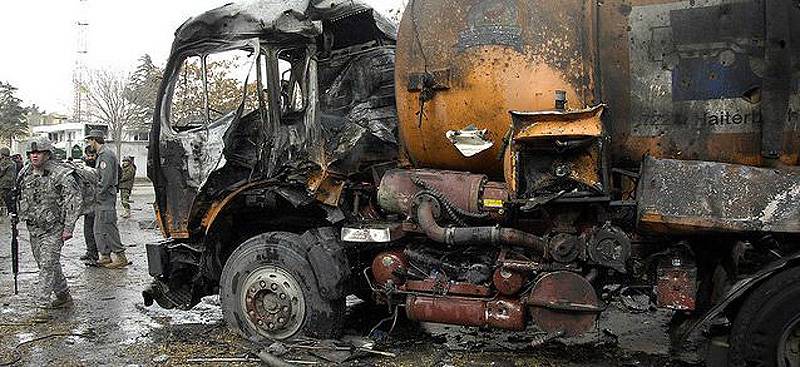
The beginning of 2009 of the year, the consequences of the explosion of a car packed with explosives near the German embassy and the American base. The explosion killed and injured soldiers of the international coalition, damaged cars and nearby buildings.
The Italian army chose the LMV from Iveco DV as the standard vehicle for the route clearance system
In addition to high-power microwave systems used to indicate high current in the electronic circuits of devices for controlling the detonation of VCA and “burning out” some of their elements, laser systems also appeared. At IDEX 2017, Rheinmetall unveiled a Leopard 2 tank with a 3 kW laser installation installed in the DUMW on the turret roof, the task of which is to destroy unexploded ordnance and improvised explosive devices. Of course, to increase the efficiency of the process, identification of the VCA is necessary first of all, however, the laser can be directed to suspicious objects and even in this case it will cause minimal damage.
Р ›Р ° Р · ернР° СЏ РїСѓС € РєР ° РјРѕС ‰ ностью 3 РєР'С‚ РґР »СЏ нейтрР° Р» РёР · Р ° С † РёРё РЎР'РЈ. SѓSЃS,R ° RЅRѕRІR "RμRЅRЅR ° SЏ RЅR ° F" RЈRњR 'RїSЂRμRґR "P ° RіR ° RμS,SЃSЏ RєRѕRјRїR ° RЅRoRμR№ Rheinmetall RґR" SЏ RјRѕRґRμSЂRЅRoR · ° F † C RoRo tank Leopard 2
A few months later, at the IDEF 2017 exhibition, the Turkish company Aselsan presented a demo of its Laser Induced Breakdown Spectroscopy - Raman laser facility LIBS-R. This system of remote detection of explosives is developed in order to be able to more quickly and thoroughly exercise control at road checkpoints. But the ultimate goal of this program is the organization of the RCP (Rolling Check Point) system. These are bridges over roads that check all moving vehicles, generating an alarm when a suspicious car or truck passes under them.
IEDs are one of the deadliest threats to transport convoys; rebels use them to violate freedom of movement
Husky armored vehicle from the engineering battalion of the American army, equipped with ViSOR georadar
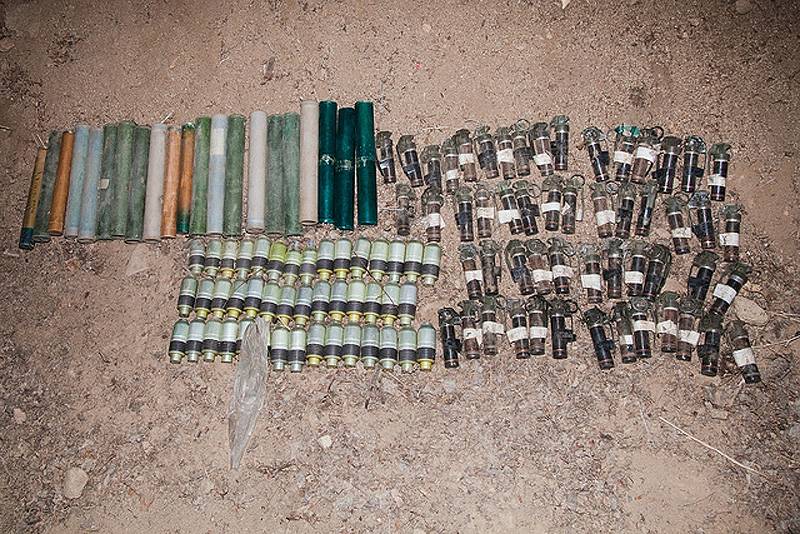
One of the numerous weapons caches discovered and destroyed by Afghan security forces during operations in Ghazni
According to the research department of the Turkish company, any vehicle carrying explosives will give out a small cloud of vapor indicating the presence of such substances. The LIBS installation allows identification of individual chemical elements due to reflection of laser radiation. There is no need for a prepared sample, the system works extremely fast, one analysis takes several seconds and allows you to detect a wide range of chemical elements, including light elements such as hydrogen, carbon, nitrogen, oxygen, sodium, magnesium and calcium. If LIBS allows you to define chemical elements, then Raman spectroscopy allows you to identify molecules. The use of both methods reduces the frequency of false positives and makes it more likely to identify suspicious vehicles. The frequency of false positives is reduced even more by filters, special algorithms and a constantly updated library of data, allowing you to get rid of "interference" (a term from the world of radar). The LIBS-R system is still undergoing laboratory testing, although field tests have shown that it can detect such explosives as TNT, ANFO (an explosive mixture of ammonium nitrate and diesel) and C4 (plastic explosive) at a distance of about 2,5 meters. The goal of the researchers is to increase this distance to 30 meters. The developer does not provide information when the system is ready for mass production.
The Turkish company Aseksan is developing a remote system for the detection of explosives, which can determine their presence at a distance of 30 meters in almost real time.
Thales Eclipse multi-range active-reactive silencer control panel
For the Griffon and Jaguar armored vehicles that are part of the Scorpion French Army program, Thales developed the Eclipse jammer; in the picture the system in one of its first configurations
Silencers remain one of the main decisions to neutralize remote-controlled IEDs. Among the latest developments, the Eclipse jamming system of the French company Thales is worth noting. A scalable modular system is being developed to equip armored vehicles that are part of the upgrade program of the French army Scorpion. It implements the functions of active, reactive and mixed jamming; It consists of up to eight broadband transmitters and up to four broadband receivers. Four independent power amplifiers allow you to close the frequency range 20-2500 MHz. However, the modular concept makes it easy to upgrade the system by upgrading communication protocols or integrating new technologies, for example, to extend the range to 6 GHz and sector radio direction finding to 2,5 GHz. The basic configuration uses one transmitting and one receiving antenna covering the 20-2500 MHz and 20-6000 MHz bands; An optional antenna allows transmission in the 2500-6000 MHz band.
A technician from the 380 engineering squad neutralizes the training IED. Such activities are a key element in dealing with such a threat.
From temporary organization to permanent agency
The American JIEDDO (Joint Improvised Explosive Device Defeat Organization - a joint organization to combat IEDs), established in February 2006, was formed as a temporary organization to combat the threat of IEDs that originated in Iraq and then spread to Afghanistan. In the past ten years, the threats faced by soldiers of Western countries in many theaters of hostilities have constantly evolved. Among them are widely used home-made devices, which became more and more effective over time. Therefore, the United States decided to move from a temporary to a more stable organization and in this connection JIEDDO was renamed JIDA (Joint Improvised-Threat Defeat Agency - a joint department to combat IEDs); its powers have been expanded from just fighting IEDs to more global “handicraft” threats. At the same time, the existing budget began to decline: in 2008, JIEDDO could count on 4 billion dollars, while JIDA, becoming a combat support organization, received only half a billion dollars. However, it was then decided to transform JIDA into an independent agency and, therefore, in January 2016, it became part of the External Threat Reduction Agency (Department of the United States Department of Defense) and received the abbreviation JIDO (Joint Improvisation-threat Defense Organization - joint organization for protection against IEDs). After that, the organization has expanded its scope of activity and is no longer limited to the fight against IEDs and the networks that create, produce and install them. In addition, since the military is often involved in operations in their own country, a new provision on cooperation with local authorities and other government agencies was adopted. Well, as far as the American organization, originally formed to combat IEDs, will be effective in its new form, and how it will be further developed to cope with new threats, we'll see.
Materials used:
www.shephardmedia.com
www.csis.org
www.eda.europa.eu
www.aselsan.com.tr
www.jieddo.mil
guide.supereva.it
www.alamy.com
www.wikipedia.org
en.wikipedia.org
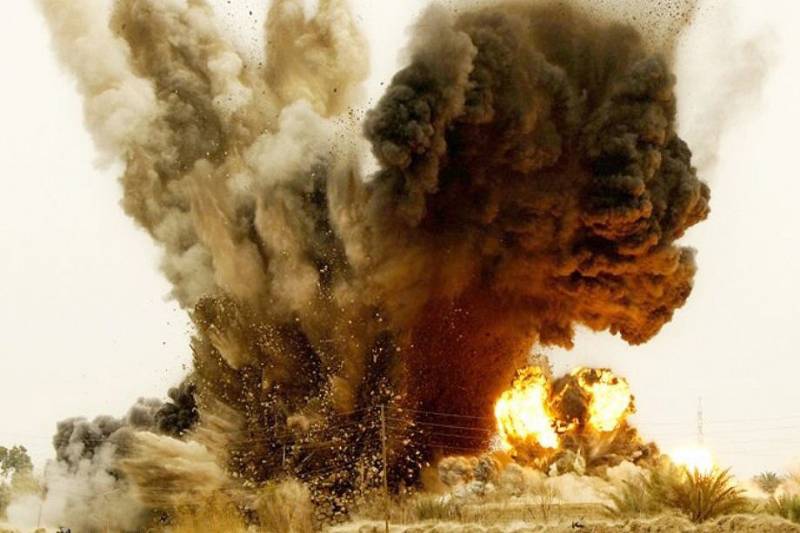
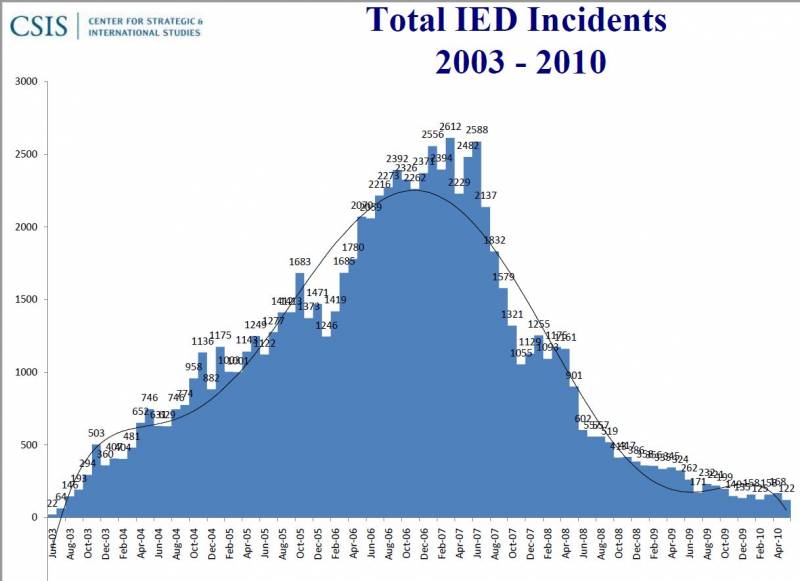
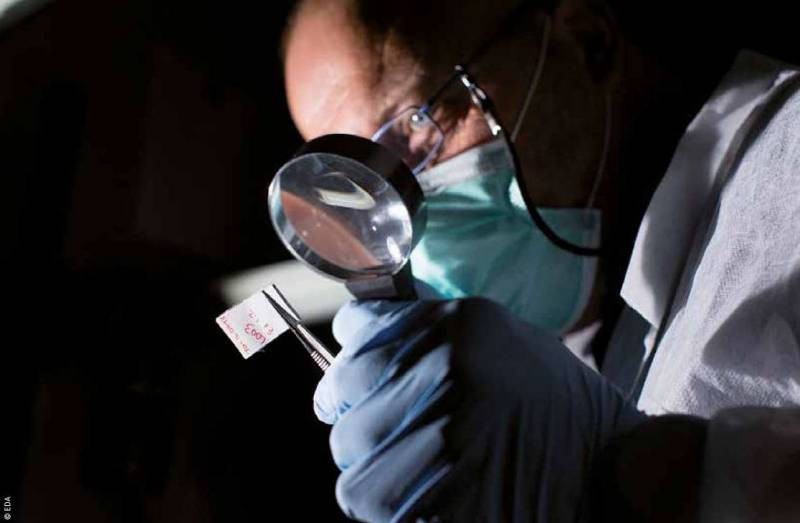
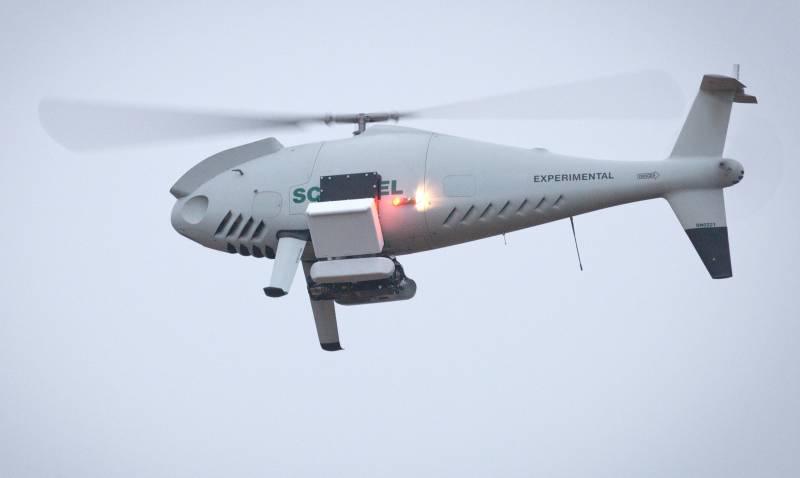
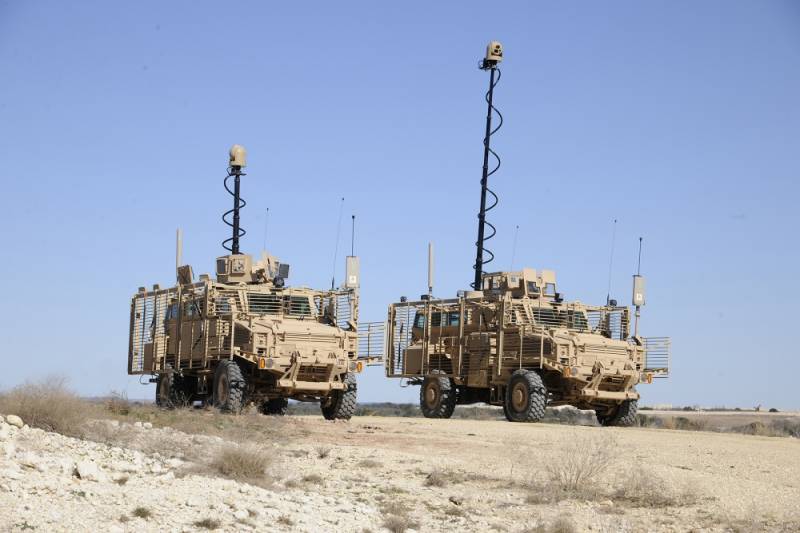
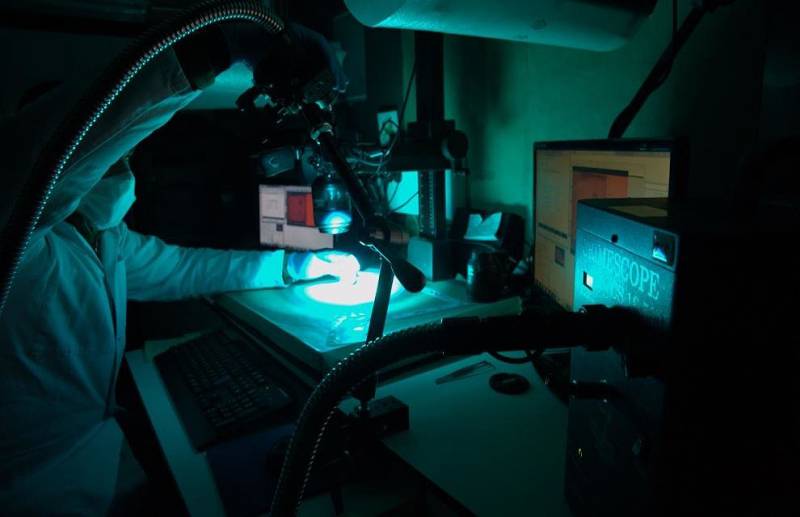
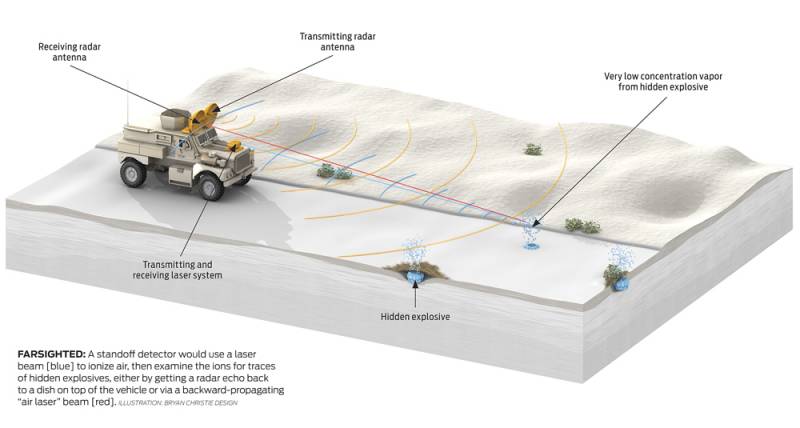
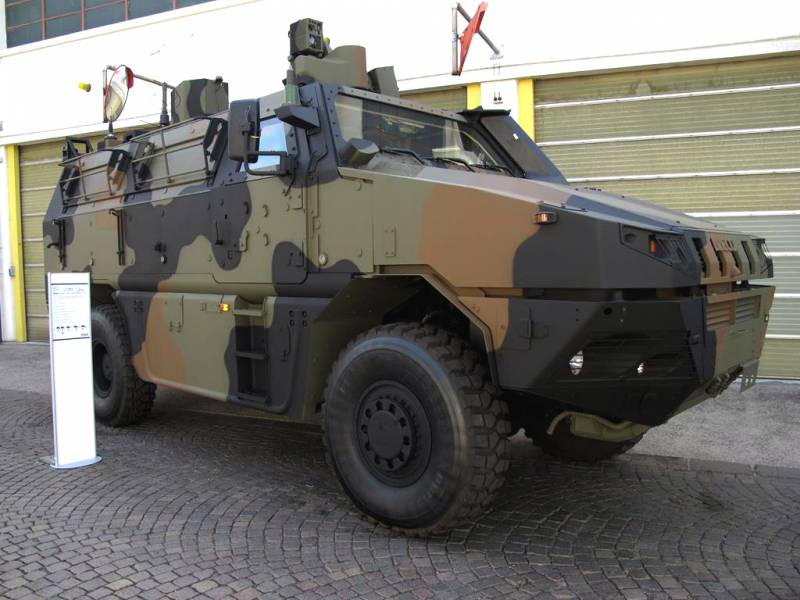
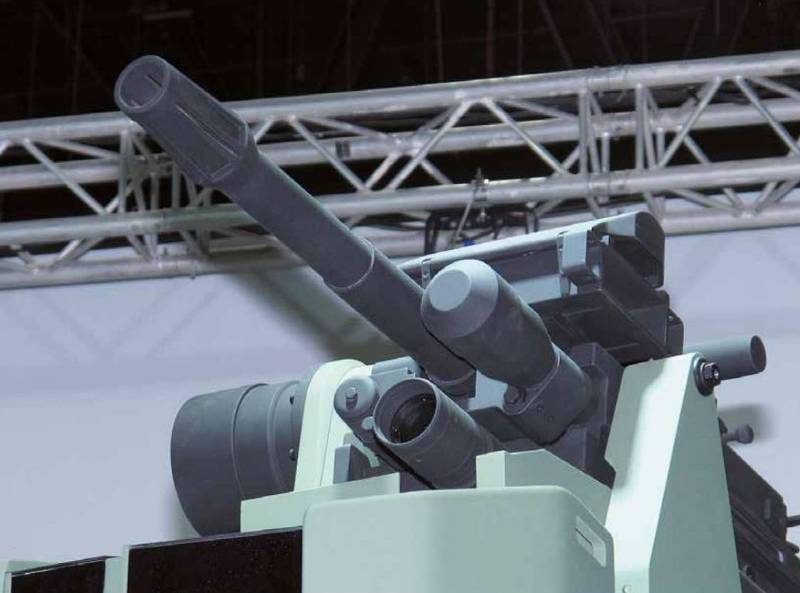
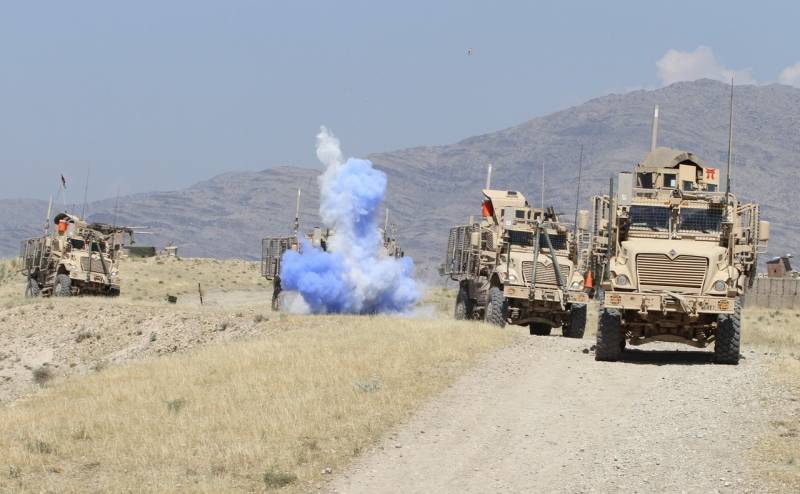
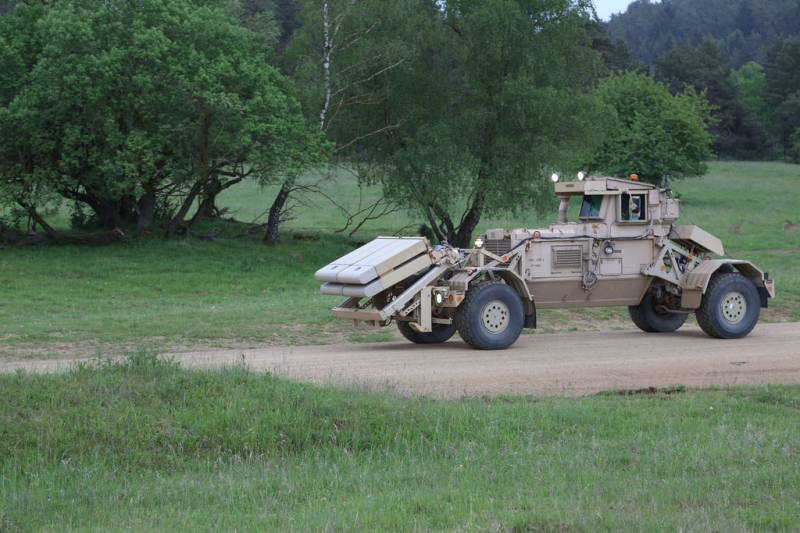

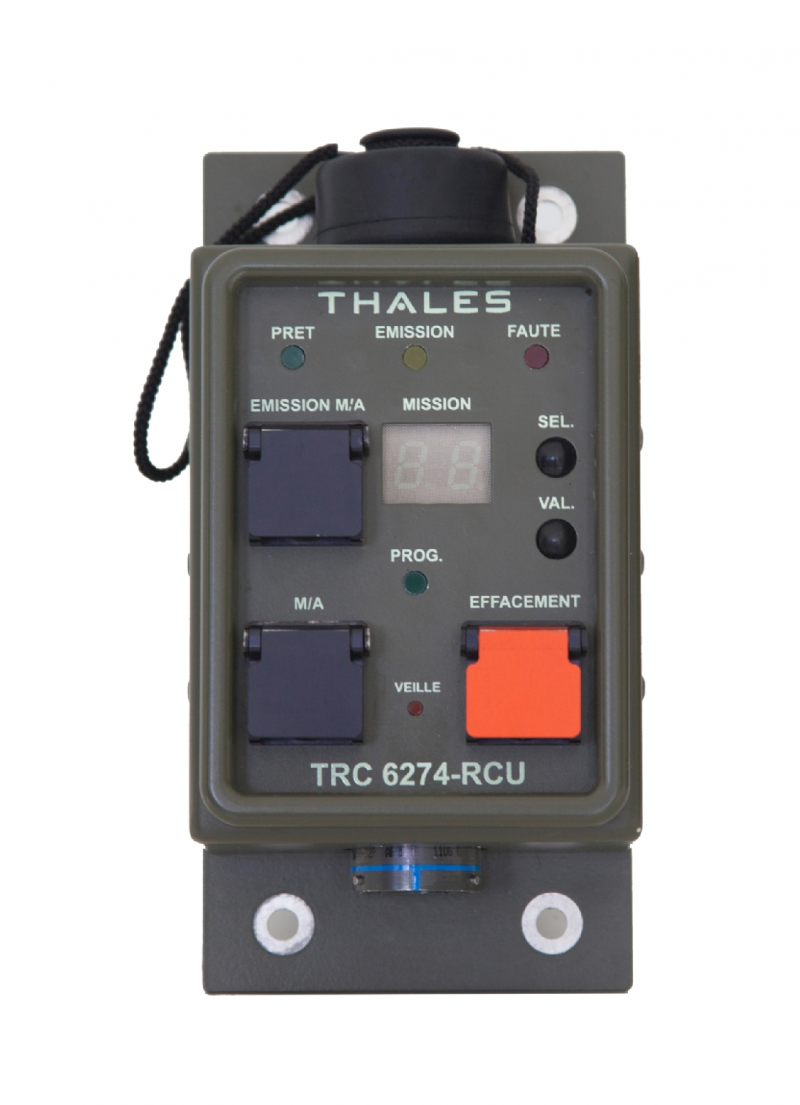
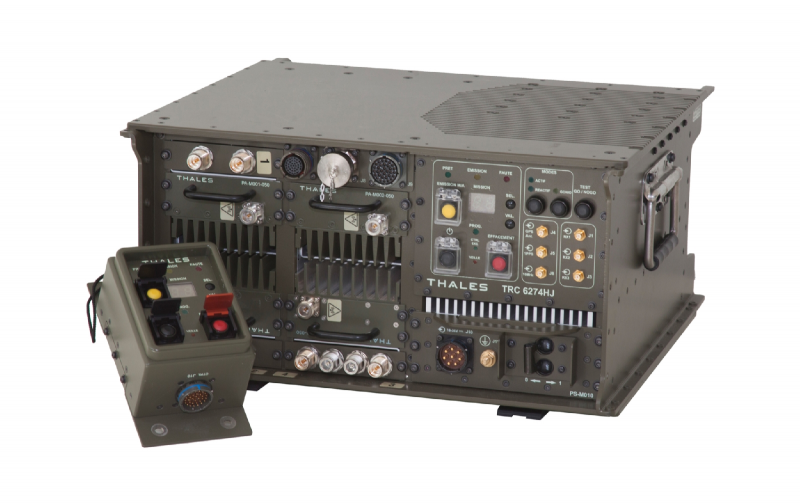
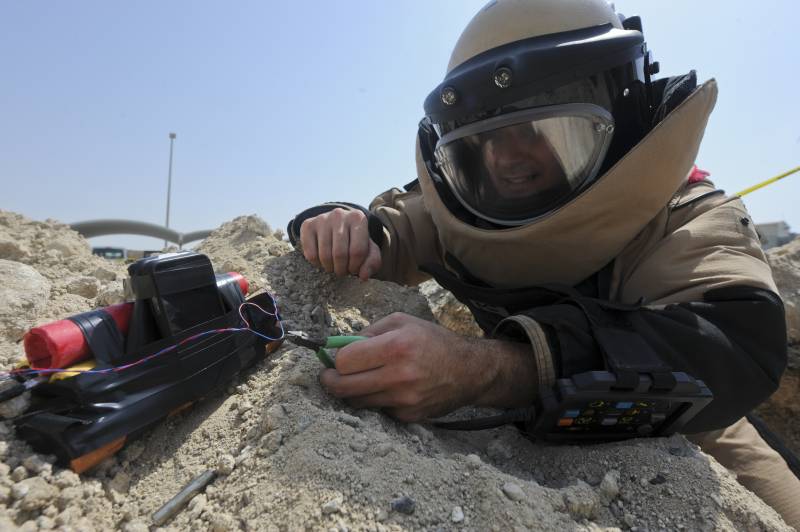
Information